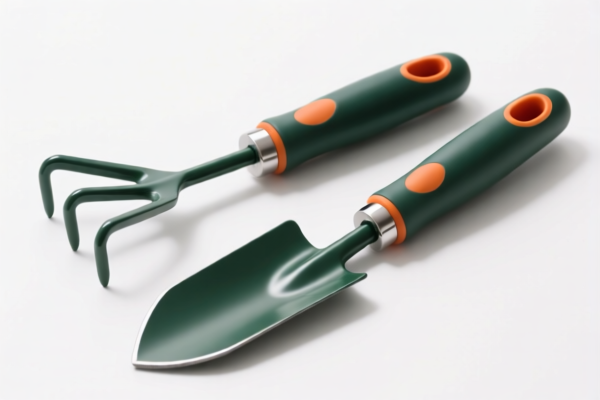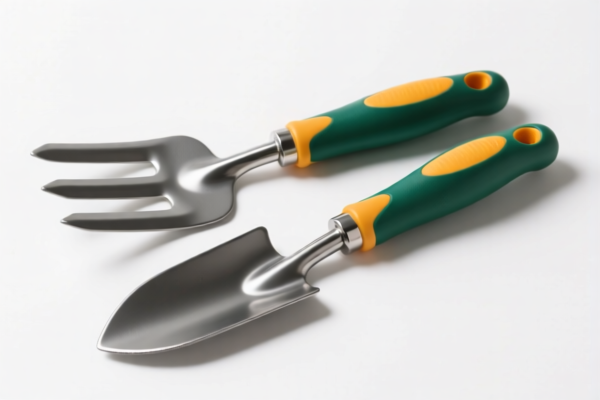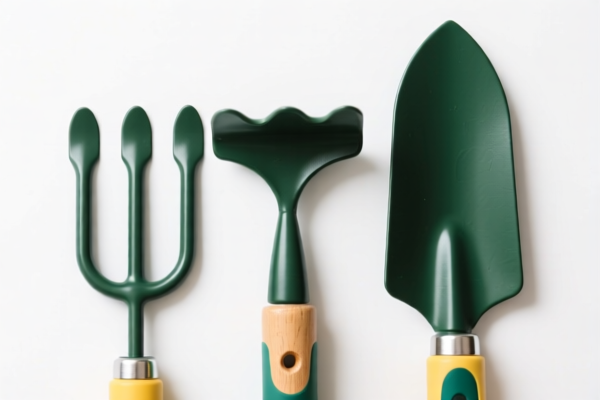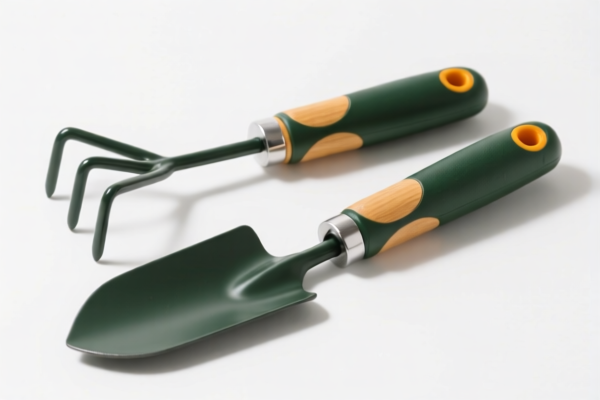| HS Code | Official Doc | Tariff Rate | Origin | Destination | Effective Date |
|---|---|---|---|---|---|
| 8424899000 | Doc | 56.8% | CN | US | 2025-05-12 |
| 8424891000 | Doc | 55.0% | CN | US | 2025-05-12 |
| 8479899599 | Doc | 57.5% | CN | US | 2025-05-12 |
| 8479899599 | Doc | 57.5% | CN | US | 2025-05-12 |
| 3916100000 | Doc | 60.8% | CN | US | 2025-05-12 |
| 3916905000 | Doc | 60.8% | CN | US | 2025-05-12 |




Garden Blowers
Garden blowers, also known as leaf blowers, are landscaping tools used to move debris such as leaves, grass clippings, and other garden waste. They utilize a stream of air to consolidate and remove material from lawns, patios, driveways, and other outdoor surfaces.
Materials & Power Sources
Garden blowers are constructed primarily from plastic housings, metal engines (in gas-powered models), and rubber or plastic nozzles. The power source dictates several key characteristics:
- Gas-Powered: Utilize two-stroke or four-stroke engines, typically running on gasoline. These are generally more powerful, offering higher air volume and velocity, but are heavier, louder, and produce emissions.
- Electric (Corded): Plug into a standard electrical outlet. They are lighter and quieter than gas models, but their range is limited by the length of the power cord.
- Electric (Cordless/Battery-Powered): Operate on rechargeable batteries (typically lithium-ion). They offer portability and convenience, with increasing battery life and power in modern models. However, run time is limited by battery capacity.
Purpose & Function
The primary purpose of a garden blower is to efficiently clear outdoor areas of debris. Functionally, they achieve this through:
- Air Volume (CFM - Cubic Feet per Minute): The amount of air moved, determining the blower’s ability to move large volumes of light debris.
- Air Velocity (MPH - Miles per Hour): The speed of the air stream, determining the blower’s ability to move heavier, compacted debris.
- Debris Clearing: Consolidating leaves and other waste into piles for easier collection.
- Dry Grass/Moisture Removal: Some models are used to dry damp grass or remove moisture from surfaces.
Usage Scenarios
Garden blowers are commonly used in:
- Residential Lawns & Gardens: Maintaining clean yards, patios, and driveways.
- Commercial Landscaping: Clearing large properties, parks, and public spaces.
- Seasonal Clean-Up: Removing fallen leaves in autumn.
- Construction Sites: Clearing debris from work areas.
Common Types
- Handheld Blowers: Lightweight and portable, suitable for smaller areas and residential use.
- Backpack Blowers: More powerful and comfortable for larger areas, with the weight distributed across the user's back.
- Walk-Behind Blowers: Self-propelled, offering high power and efficiency for large-scale debris removal.
- Leaf Vacuums/Mulchers: Combine blowing with vacuuming and mulching capabilities, reducing debris volume and creating compost material. These often have a detachable bag for collection.
- 4-in-1 Blowers: Combine blowing, vacuuming, mulching, and chopping functions.
Garden blowers fall under the category of mechanical appliances for projecting, dispersing, or spraying liquids or powders. These appliances are typically used for moving leaves, debris, or other materials in outdoor settings.
Here are the relevant HS codes based on the provided reference material:
-
8424899000: This HS code covers mechanical appliances (whether or not hand operated) for projecting, dispersing or spraying liquids or powders; fire extinguishers, whether or not charged; spray guns and similar appliances; steam or sand blasting machines and similar jet projecting machines; parts thereof: Other appliances: Other. This is a broad category encompassing various types of projection appliances.
- 84: Chapter 84 relates to Nuclear reactors, boilers, machinery and mechanical appliances; parts thereof.
- 24: Heading 8424 specifically covers machinery for projecting, dispersing or spraying liquids or powders.
- 89: Subheading 842489 covers other appliances.
- 90: Further specifies "Other" within the "Other appliances" category.
- Tax Rate: Base tariff is 1.8%, with an additional tariff of 25.0%. After April 2, 2025, the additional tariff increases to 30.0%, resulting in a total tariff of 56.8%.
-
8424891000: This HS code covers mechanical appliances (whether or not hand operated) for projecting, dispersing or spraying liquids or powders; fire extinguishers, whether or not charged; spray guns and similar appliances; steam or sand blasting machines and similar jet projecting machines; parts thereof: Other appliances: Mechanical appliances for projecting, dispersing or spraying, of a kind used solely or principally for the manufacture of printed circuits or printed circuit assemblies. While this code is more specific, it's important to note it applies only to appliances used in printed circuit manufacturing.
- 84: Chapter 84 relates to Nuclear reactors, boilers, machinery and mechanical appliances; parts thereof.
- 24: Heading 8424 specifically covers machinery for projecting, dispersing or spraying liquids or powders.
- 89: Subheading 842489 covers other appliances.
- 10: Further specifies appliances used solely or principally for the manufacture of printed circuits or printed circuit assemblies.
- Tax Rate: Base tariff is 0.0%, with an additional tariff of 25.0%. After April 2, 2025, the additional tariff increases to 30.0%, resulting in a total tariff of 55.0%.
According to the provided reference material, the HS code options related to 'garden blowers' are limited, with only the following 2 found.
Customer Reviews
No reviews yet.